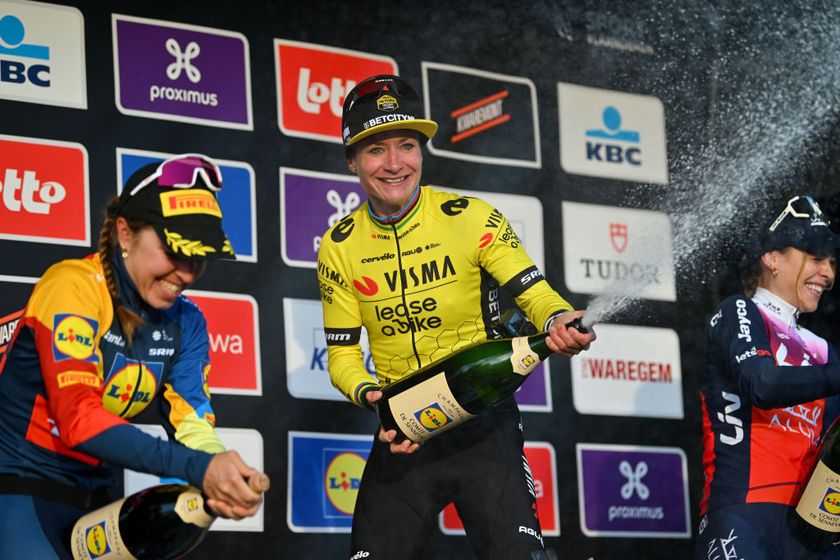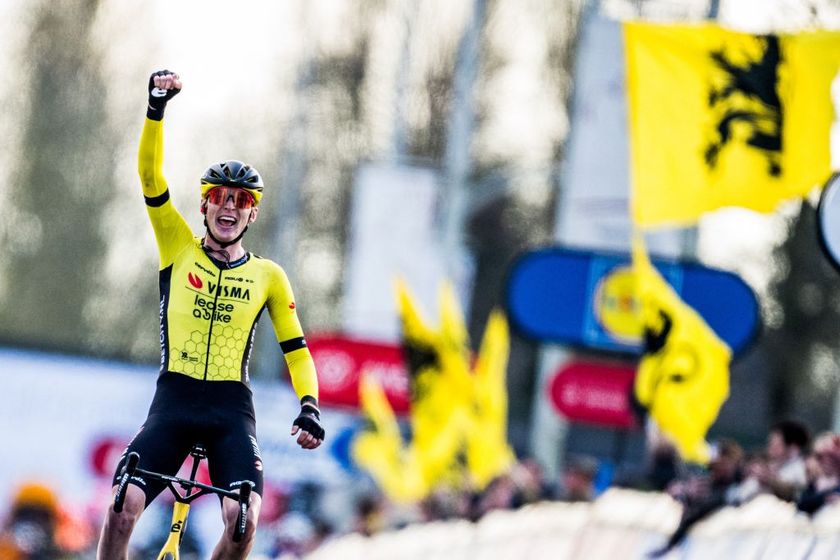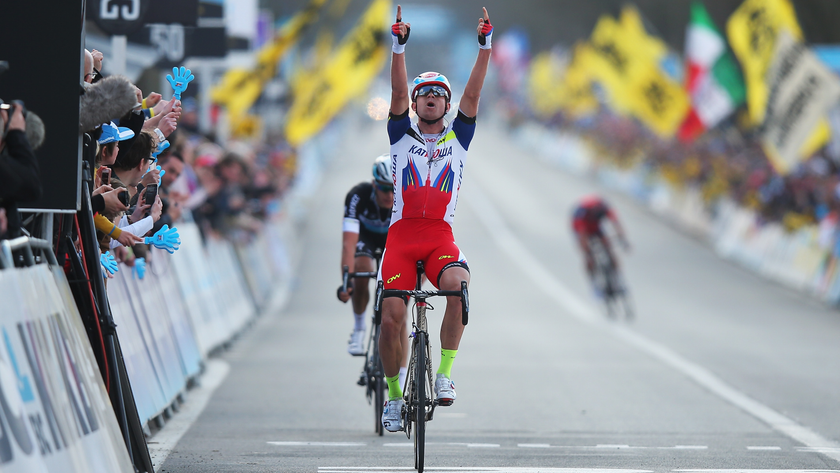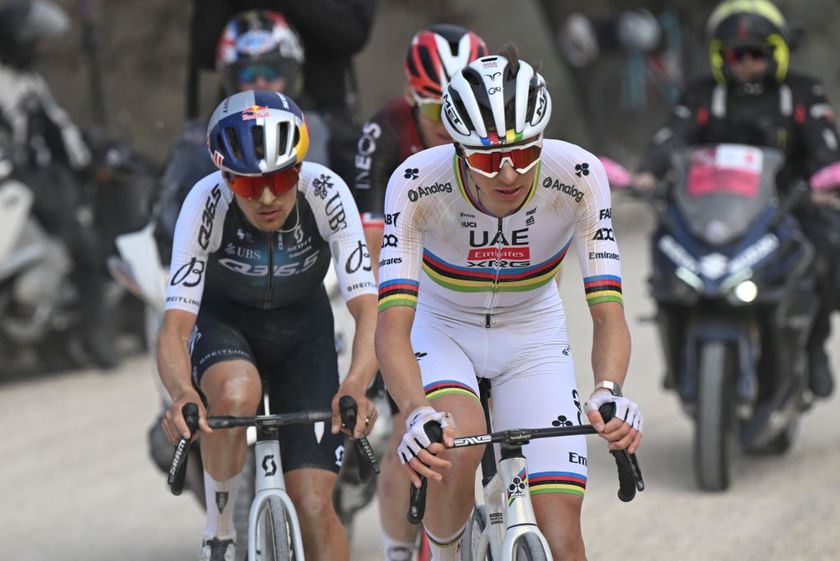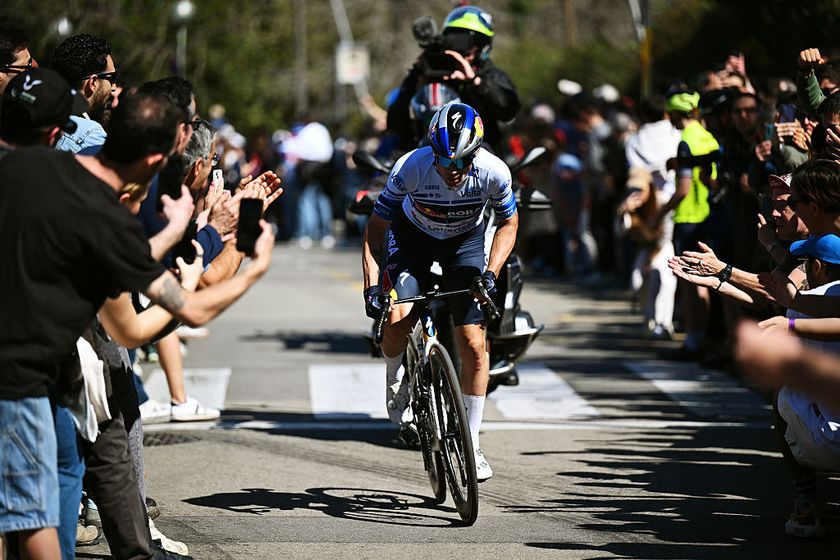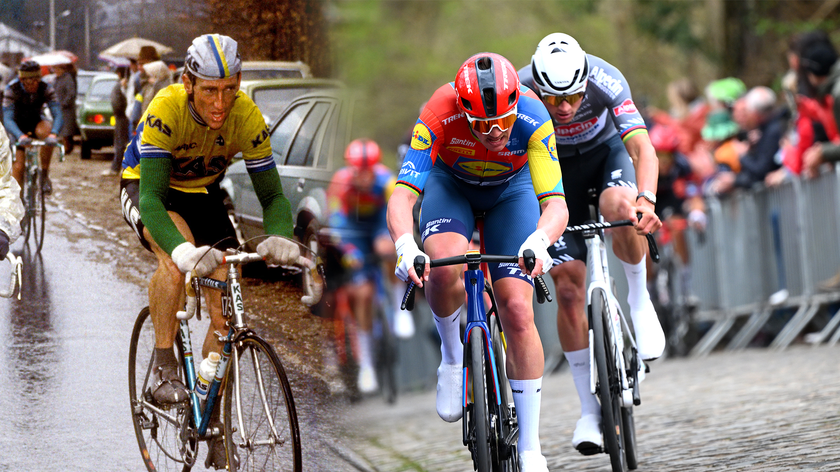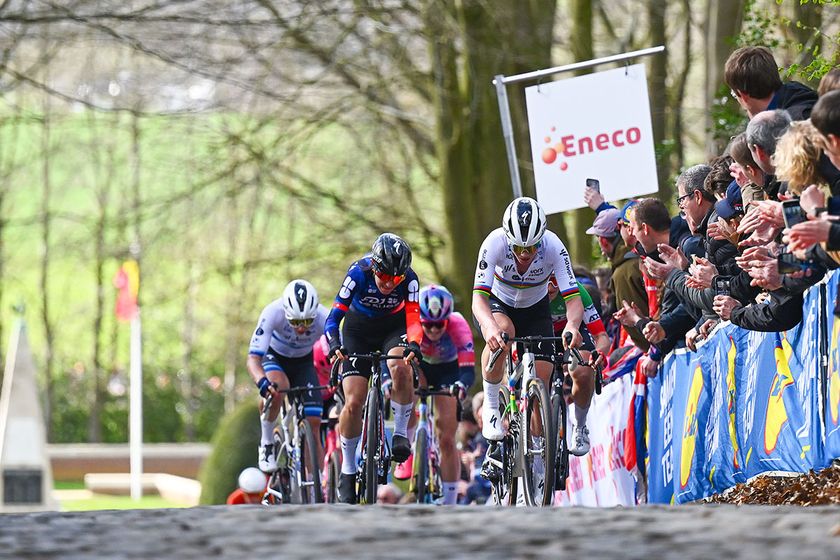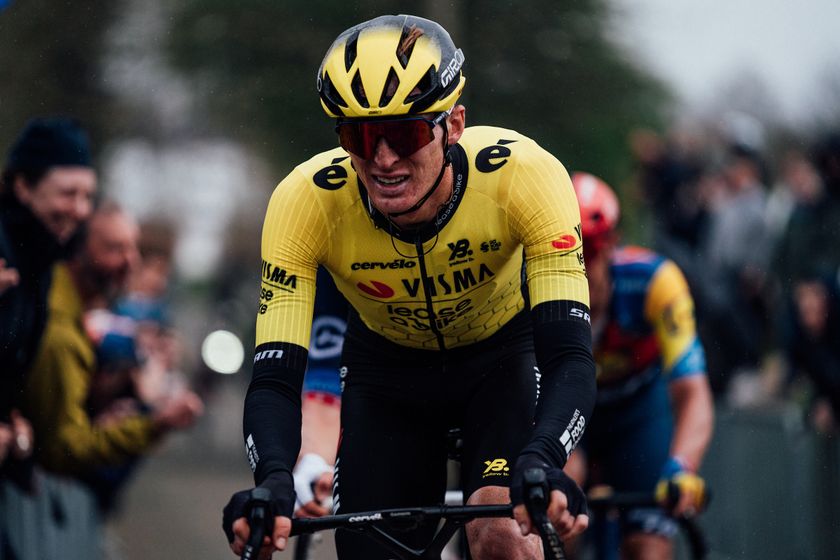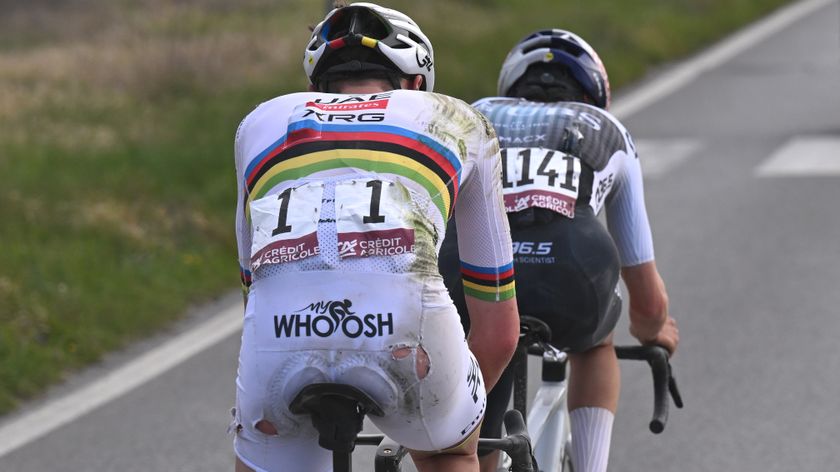Spanish magazine prints more details from Operación Puerto investigation
Both Ivan Basso and Jan Ullrich may have insisted upon their innocence and are making plans for...






News feature, December 20, 2006.
Alleges Fuentes earned €150,000; Basso and Ullrich accused of paying €70,000 each
Both Ivan Basso and Jan Ullrich may have insisted upon their innocence and are making plans for their return to racing, but more details of their alleged involvement with Spanish doctor Eufemiano Fuentes - the centre of the Operacion Puerto storm - have been published this week in a Spanish magazine.
According to Interviú*, Basso and Ullrich were both to be charged €70,000 for Fuentes’ services during the 2006 season, the riders appearing as ‘2 Bírilo’ and ‘1 Nibelungo’ on a document bearing the headers D/161 Presupuesto [budget/estimate] 2006 Ingresos.
‘5 Sevilla’, ‘17 Porras’, ‘4 Botero’ and ‘14 Hrs’ are listed opposite the charge of €50, 000, while ‘12 Gutí’ and ‘19 Oso’ are down to pay €25,000. The magazine alleges that these codenames refer to Oscar Sevilla, Francisco Mancebo, Santiago Botero, Roberto Heras and José Enrique Gutiérrez, with the identity of ‘19 Oso’ not being clarified.
These details reveal almost a parallel universe in cycling: one the one hand, 2006 Giro d'Italia champion Basso has been cleared to race by the Italian federation and has recently signed on with Discovery Channel, one of the world's leading pro teams. Ullrich, meanwhile, is still in a career limbo but he has vowed to return to racing as soon as he can. At the same time, leaked details alleging their involvement with Dr Fuentes continue to emerge, as Operacion Puerto remains an open wound for cycling that seemingly has no cure. Whether these details are fodder for sensational articles, or the documents do provide concrete evidence that can lead to suspensions, remains to be seen.
However, the details in the Spanish magazine article make for interesting reading. So far there has been no comment from any of the named riders, or the UCI.
Get The Leadout Newsletter
The latest race content, interviews, features, reviews and expert buying guides, direct to your inbox!
Heras missed the 2006 season due to his suspension for EPO use. It is not specified if investigators believe this document was written prior to his ban.
The sheet also detailed the arrangement for 'primas', which the magazine said are for extra doping products. The article states that 'one of the cyclists of this list has explained to Interviú that the epígrafe "Primas" signifies that if one of them pays more money, they can receive even more special treatments with prohibited products created specifically for each sportsman."
The sheet notes the words negociar individualmente (to negotiate individually) opposite '17 Porras', '2 Bírilo' and '1 Nibelungo', sin prímas (without primes) opposite '12 Gutí' and '19 Oso', and s/modelo after '5 Sevilla', '4 Botero' and '14 Hrs'.
In addition, at the bottom of the list there is a question mark in the space for names. The second column lists a price of €110,000 and the third column of primas lists the words opciones: 18; Azules; Checo; Ivan May.
Another document pictured in the magazine is a blood test analysis from the 3rd of November 2005, listing the name Birillo (spelt slightly differently than the previous list). The magazine alleges this refers to a blood test taken by Basso and showing a hematocrit reading of 39%. It is not made clear if the investigators feel this was taken after a possible donation, but the level is a full 11 points off that needed to fail the UCI health checks.
Interviú says that Birillo was to return to Madrid in April of 2006 in order to receive transfusions of blood.
A third sheet is entitled gastos (costs) and includes what Interviú says are what Fuentes and the others earned from the treatments. Astérix (Fuentes, states the magazine) is down to get €150,000, MRN (the doctor Merino Batres) €84,000 and M-Pñas (Manos Pequeñas/small hands, who it says the Guardia Civil believe is Alessandro Kalc) €50,000.
Macario (allegedly Kelme-Communidad Valenciana's Ignacio Labarta) is also listed for €50,000, while Ali-Baba (Alberto León) €30,000 and Jandro (real name not given) €12,000. In a column entitled Observaciones (observations), the space opposite Ali-Baba €30,000 lists the words (or codenames) + Catalan + Dichicata.
Other expenses are also included, including Siberia (the stored blood) at €18,000, transp. Delicados (delicate/sensitive transport) €30,000, centrifuga €18,000 and viajes (travel) €10,000.
Listed on the bottom of this sheet is, once again, Primas, followed by the word Tour and then arrows going to 50,000 and 30,000. Giro + VTA (Vuelta) have arrows pointing to 30,000 and 20,000, while Mundial (world championships) has another arrow, followed by Ruta (road) 30,000.
In this instance the magazine says that these are extra monies the riders must pay if they are successful in these races. The world championship time trial is also listed, although this appears off the bottom of the photograph of the document in question. If the winner here is a Fuentes patient, he will pay €15,000.
Finally, the article also touches on the alleged admissions of Fuentes that he has treated footballers - as documented recently by Le Monde - and those from the world of athletics. It says that investigators have been unable to link either documents or phone records to the former, but suggests that another, unnamed doctor who was part of this network, dealt with the athletes.
The Le Monde article, which alleged clubs like Real Madrid, Barcelona, Valencia and Betis had worked with Fuentes, said that the document it had obtained had not been amongst those seized by the Spanish investigators. Following publication, it's understood that Real Madrid initiated legal proceedings again the newspaper, vehemently denying any involvement. That case continues.
This latest leak is likely to frustrate the UCI, which has already expressed its dissatisfaction with the leaking of documents from the investigation while it is unable to take any disciplinary action against those who are allegedly implicated.
* Interviú is perhaps best described as a Spanish equivalent of Playboy. However, although it features several pages of underdressed models, the news coverage is regarded as being as serious as that of other sectors of the press.
